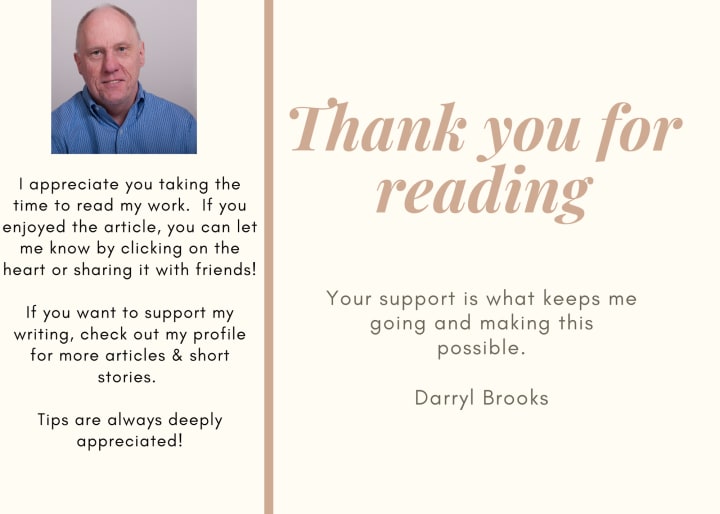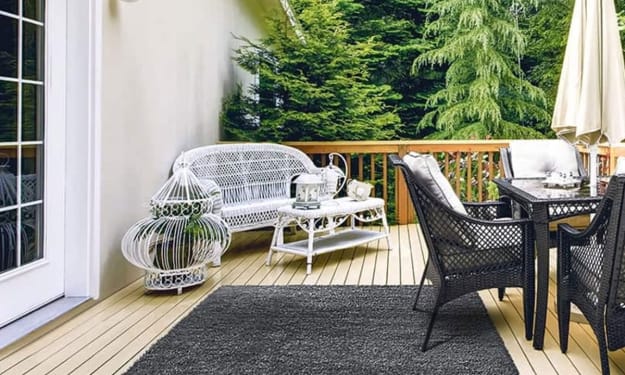Old Guy’s Guide to Buying a Guitar
What I Learned In My First Two Weeks

As I approached my 65th birthday and wallowing in the throes of a worldwide pandemic, I decided to buy a guitar. I owned one when I was young, but never really learned how to play it. It’s something that’s been bouncing around in my head for a year or two, and recently it became almost an obsession.
So, a few weeks ago, I decided to stop thinking about it and just do it. I wanted to share my experience with any of you other old-timers thinking about taking up the guitar.
What Kind of Guitar?
This is probably the first question you need to answer. Of course, this will partially depend on what type of music you want to play. For me, that didn’t help as I like all types of music, wanted to learn as many styles as possible, and knew I could narrow it down later. As I already knew, there are three basic types:
- Acoustic
- Electric
- Acoustic-Electric
And certainly, within those three groups, there are variations. For instance, you can get a steel-string acoustic or a nylon-string acoustic. In researching these types, there are a few things I learned, that may help drive your decision.
Nylon strings are easier on your fingers, but the necks on classical guitars are a bit wider to accommodate the wider strings. So it may be easier on the fingers, but harder on the hands.
Electric guitars tend to have lower actions (the distance between string and fretboard), which makes them easier to play.
Acoustic-electric may not be the way to go since, if the built-in electronics fail, repairs can be expensive. Also, you can always have electronics added to most acoustic guitars. Also, if you think about it, comparing a $500 acoustic with a $500 acoustic-electric; the guitar part of the second option is necessarily cheaper. The electronics cost money.
In the end, I went with the least common denominator and got a steel-string acoustic. It gave me the most value for the money and allows me to play any style of music while I learn and can focus on a specialty later.
What Brand of Guitar?
First, do some research. Google your questions and watch a bunch of YouTube videos. Do a search on YouTube for variations of which guitar and you will get a ton of demos, reviews, and opinions.
A lot will depend on your budget. One advantage of getting into this at an older age is, now I have money. I wasn’t going to plunk down $5,000 on a Martin, but I could afford whatever I wanted.
The short answer is, it really doesn’t matter which brand so much as what feels right. We’ll get more into that in the next section, but you’re going to need to try a few. Once you determine a budget and do a little research, you will probably have it narrowed down to a few brands.
If I were going to make a recommendation, it would be Yamaha on the lower end of the scale and Taylor in the middle. Unless you have money to burn, I wouldn’t spend more than about $500 on your first guitar, and probably no less than $200.
Where to Buy Your Guitar
I’ll give you the TL;DR answer upfront. You’ll know you’re in the right place when you walk out with a guitar in your hand.
The longer answer will depend on what you figured out in the last section. If you already have a brand in mind, that may narrow down your options. I would strongly suggest you keep an open mind until you have some in your hand.
The second consideration will be how many choices do you have. I live in a metropolitan area, so I had quite a few to choose from. If you don’t have a store within driving distance, you are left with online orders, so I will address those first.
Probably the largest is Guitar Center with stores all over the country and a large website full of choices. I will get back to them in a minute, but my suggestion would be to find a small local store with a good reputation. Not only will you be helping small businesses, but you will likely get an extra level of care.
One such place is Alamo Music in San Antonio, Texas. At a point when I was considering ordering online, I researched and found about half a dozen stores, including them and Guitar Center. I sent them all a note introducing myself, explaining what I was trying to do, and asking for help and input.
Only a couple bothered to respond, and Alamo gave me the best response. One thing I discovered is that no matter where you buy your guitar, the price will be the same. For an online store that only leaves service as the differentiator.
Meanwhile, I decided to buy local. I shopped and considered Guitar Center, thinking that they would be like the CarMax of guitar stores. A lot of selection in one place. But I never quite made it there. No matter what type of store you choose, ideally, you will build some sort of relationship with them, so that’s what I endeavored to do.
I started with a very small, local store nearest to my home. I knew they had been hit hard by the pandemic as a lot of their business was local school bands. As with the online stores, I sent them an email. The note was similar to the others, except I let them know I wanted to buy local and implied that the sale was theirs to lose.
And they did.
The response was ambivalent, bordering on apathetic. Regardless, I let them know what day I would be there and I wanted to see what they had. A couple of days later, I got an email from their ‘guitar guy,’ telling me to ask for him when I go there.
The next day I did so.
He had already forgotten the email until I reminded him. I’m sure he was older, but looked to be about 12 and probably working his dream job. Working is just a figure of speech in this case. He proceeded to show me three guitars that he recommended. At no point did he ask me about my experience, musical taste, or direction I wanted to go in.
The direction I chose to go in was out the door.
To make a longer than I intended story short, the second store I visited sold me a guitar; a Taylor Academy series dreadnought for $500. This was not the brand or price range I was looking at, which says a lot about their salesmanship and the relationship they began building as soon as I walked through the door. I won’t buy so much as a pick anywhere else.
When you find the right store, you will know it.
How to Learn
When I bought my first guitar at about age 15, there were two ways to learn, take lessons, or buy a book. I did the latter. That was a mistake.
Now we have the Internet, many sites devoted to guitar lessons and YouTube, which has thousands of guitar lessons. I still think lessons are the way to go, but I chose the other route and I think I’ve made the right choice for me. You do you. I would recommend, even if you go the Internet route that you do two things.
Find a dedicated site and stick with it, rather than just browsing random videos. Three I can recommend are JustinGuitar, GuitarTricks, and Fender Play. But there are many more and the price ranges from free to $20 a month. A bargain.
Find someone you can visit once a month on an ad-hoc basis for lessons. They can help correct minor mistakes before they become lifelong habits. As Justin Sandercoe says in his course, “Practice Makes Permanent.”
The other piece of advice I would give is to start slow. No, slower than that. Really, really slow. Master each thing before moving on. To begin with, slow will be easy, because you will develop finger and hand pain on day one. Do not push through that. You will likely only be able to play for five minutes at a time. That’s okay. Do that a few times a day until you can comfortably play longer.
Structure your practice. Don’t just sit down and noodle around with it. Determine what you are going to practice; chords, strumming, fingerpicking, whatever, and then devote time to that thing. Watch your online lessons, emulate what they show you and practice, practice practice.
The final thing I will leave you with is to have fun. A word of warning: none of it will be fun for a week or three. Until your fingertips toughen up and your hands limber up, all you can do is to practice small details.
But once you can strum a song or two, take some time to do that. At least once a week, schedule a session that is just playing and screwing around. Have fun. Not only will this give you a break from the grind of practice, but it is also the best indicator of your progress. In daily practice, it’s hard to see progress. But in the weekly playing sessions, you will see leaps in your ability.
A guitar is a great way to learn a new hobby and have some fun.

About the Creator
Darryl Brooks
I am a writer with over 16 years of experience and hundreds of articles. I write about photography, productivity, life skills, money management and much more.






Comments
There are no comments for this story
Be the first to respond and start the conversation.